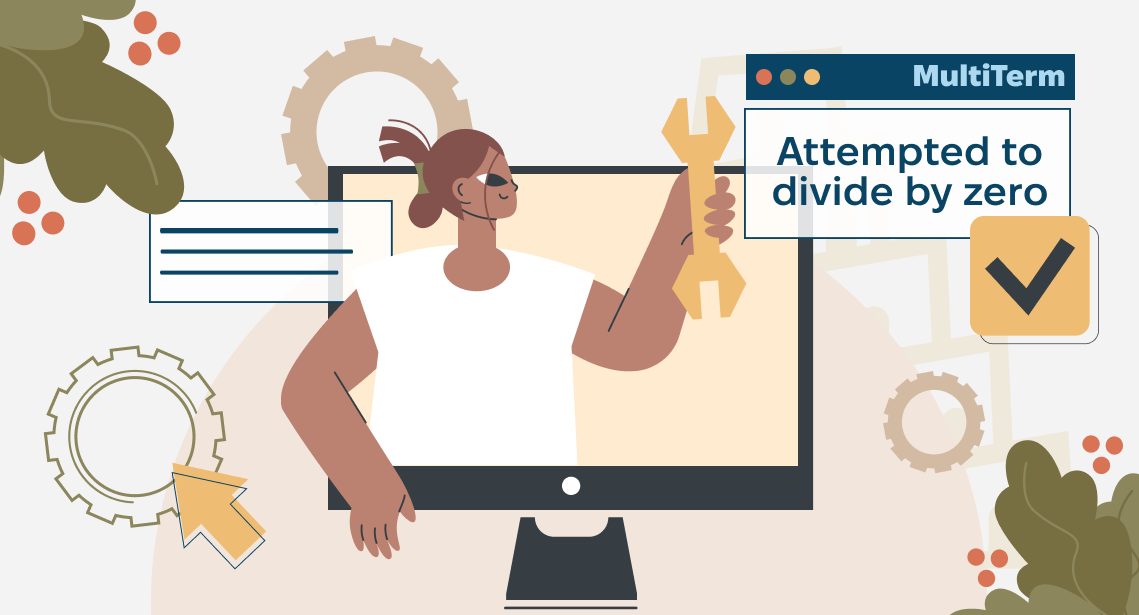How to quickly search in Trados Studio concordance

You can search in Trados Studio in both source and target without a mouse!
Like any other serious CAT tool, Trados Studio helps you work by allowing you to search in concordance—i.e., in the translation memory attached to a Trados Studio project you work on. There is a dedicated shortcut: F3. (By the way, it is the same in the ancient Trados 2007.) So, you need to select a word or several words you want to find in the TM(s) and press F3. In the Concordance Search Window, you see the results of searching.
But there is an inconvenience: when you select a fragment in your target text and press F3, the search is automatically performed in the target part of the TM, while, in most cases, you need to search in the source part. And you have to switch the search line to the Source manually.
There is a shortcut for search in the source as well: CTRL+F3! (It was absent in Trados 2007: you could search in the source ONLY there.)
Recommended content

How to get rid of the “Attempted to divide by zero” error in MultiTerm

How to translate TXLF Wordfast files in Trados Studio

How to get rid of the “Failed to load built-in plugin(s)” error in Xliff Editor

Some useful keyboard shortcuts for Excel
